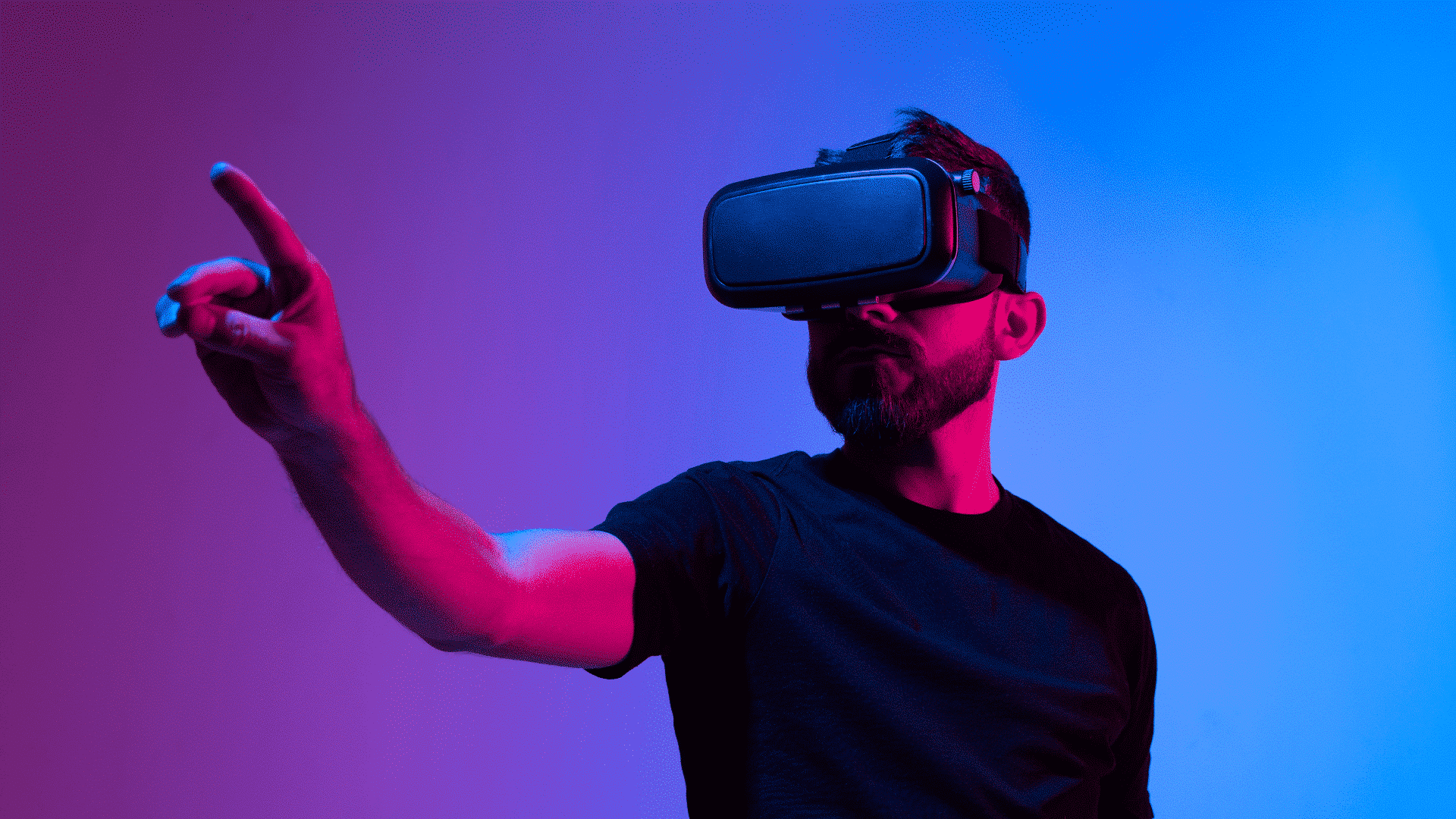If you’ve heard of the term ‘Metaverse,’ but don’t quite know what it means, don’t worry; it hasn’t even made it to the dictionary yet! However, Merriam-Webster does have it on its words-to-watch list, defining it as a ‘highly immersive virtual world where people gather to socialize, play, and work.’
While the concept of the Metaverse has been in circulation for almost 30 years—dating back to a mention in Neal Stephenson’s Snow Crash—awareness has exploded in the past year since Mark Zuckerberg announced that the parent company of Facebook was rebranding to Meta.
Since then, our technology client service team at Toluna has been running a Metaverse tracker to understand consumers’ perceptions of this new technological frontier. The second wave—which included questions submitted by some of our clients—was fielded on March 6, 2022, surveying over 2,000 Americans ages 13 and up.
Awareness of the Metaverse is on the rise
One of the biggest changes that we saw between waves is the amount of people who had heard of the term and knew what it meant. Back in December, 26% of adults said they knew what the Metaverse was. By March, that number climbed to 36 percent.
In terms of specific subpopulations of consumers, parents saw the highest increase in awareness (+16 points), followed by adult males (+15). All subpopulations saw an increase in awareness from wave one to wave two, but those with the lowest awareness/knowledge in wave one saw the smallest increase in wave two—including self-dubbed ‘tech laggards’ (+1) and adults 55 and up (+7).
When asked to provide their own definitions of the Metaverse, many respondents correctly referenced virtual reality, or used a phrase like ‘digital world.’ The most notable difference in these answers between waves? Wave two saw fewer mentions of Facebook, ostensibly because wave one occurred right after the company changed its name to Meta.
Initial feelings towards the Metaverse
After respondents shared what they knew about the Metaverse, we finally told them the definition. From there, we wanted to understand their feelings on the concept. Did those feelings evolve over the previous three months?
In general, we found that the biggest changes were an increase in optimism (+4 points from wave one) and a decrease in uncertainty (-4). Despite that decrease in uncertainty from wave one to two, it remains the top feeling (33%) that consumers have about the Metaverse. This is followed by curiosity (29%), confusion (21%), and skepticism (21%). The results clearly indicate that, while progress is certainly being made in the awareness department, consumers are still looking for more clarity on what the future of the Metaverse will actually look and feel like.
Experiences in the Metaverse
We asked consumers about the types of Metaverse experiences that they’d be most interested in. Unsurprisingly, they named things like watching tv/movies (36%), gaming (34%), learning (29%), shopping (27%), and live performances (24%). On the other side of the coin, they were least interested in applications of the Metaverse in areas such as the workplace (14%), physical therapy (14%), real estate (15%), gambling (20%), and mental health (21%).
Generally speaking, consumers are most interested in experiences that are universally deemed fun in the physical world, and this remains true when presented with specific activities. When asked what activities they would consider in the Metaverse, the top answers included:
• 45% travel to faraway destinations in VR
• 44% participating in a VR movie
• 43% online gaming in VR
• 40% go to VR art museum
• 39% attend a live event via VR
We also asked respondents to share what activities they could do in the Metaverse that they can’t do now. In general, most people have a tough time visualizing something in the virtual world that can’t be done in the real world. However, some imaginative respondents mentioned travel—both around the world and in space. In fact, there are some people with mobility issues who would prefer to travel in the Metaverse. Other respondents’ answers revolved around the theme of expressing themselves, or even being someone different than in the real world.
Key considerations for brands
As you consider how your own brand can tap into the potential of the Metaverse, ground your thinking in these key themes:
Personalization: When we asked respondents about what was most important to them in the Metaverse, the top answer was a personalized experience (49%). Specifically, 45% of respondents said they wanted the ability to customize their own avatar. People want to be someone different in the Metaverse, so give them opportunities to express themselves!
Privacy: The number one concern of adults with regard to the Metaverse is lack of privacy (38%). This is even more true for parents—of whom 51% are concerned about their children’s privacy in the Metaverse.
Clarity: While 46% of adults say that they’re excited about the possibilities of the Metaverse, 46% also said they were scared about some of the possibilities. There is still so much that is unknown about the Metaverse, and consumers crave more information.
Connection: Adults’ second biggest concern with regard to the Metaverse is having less human connection. This is reinforced by the fact that two-thirds of consumers favor in-person connections over online ones. As you devise your Metaverse strategy, human connection has to be at the heart of it.
There is still so much that has yet to be determined when it comes to the Metaverse, and consumer sentiment is changing in real time. If you’re looking to learn more about the Metaverse and determine how your brand can take advantage of this new technology, contact us today and start knowing.




